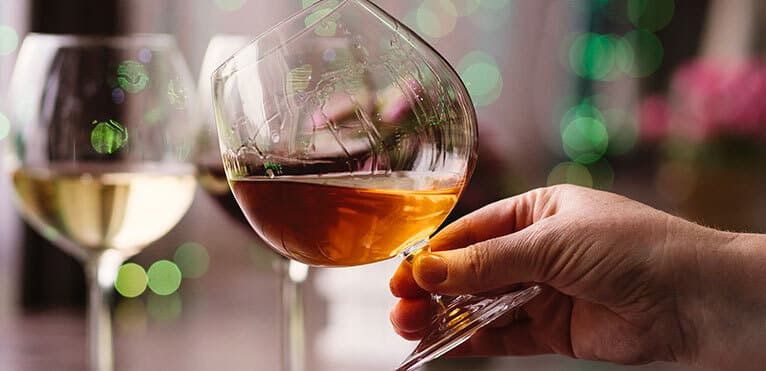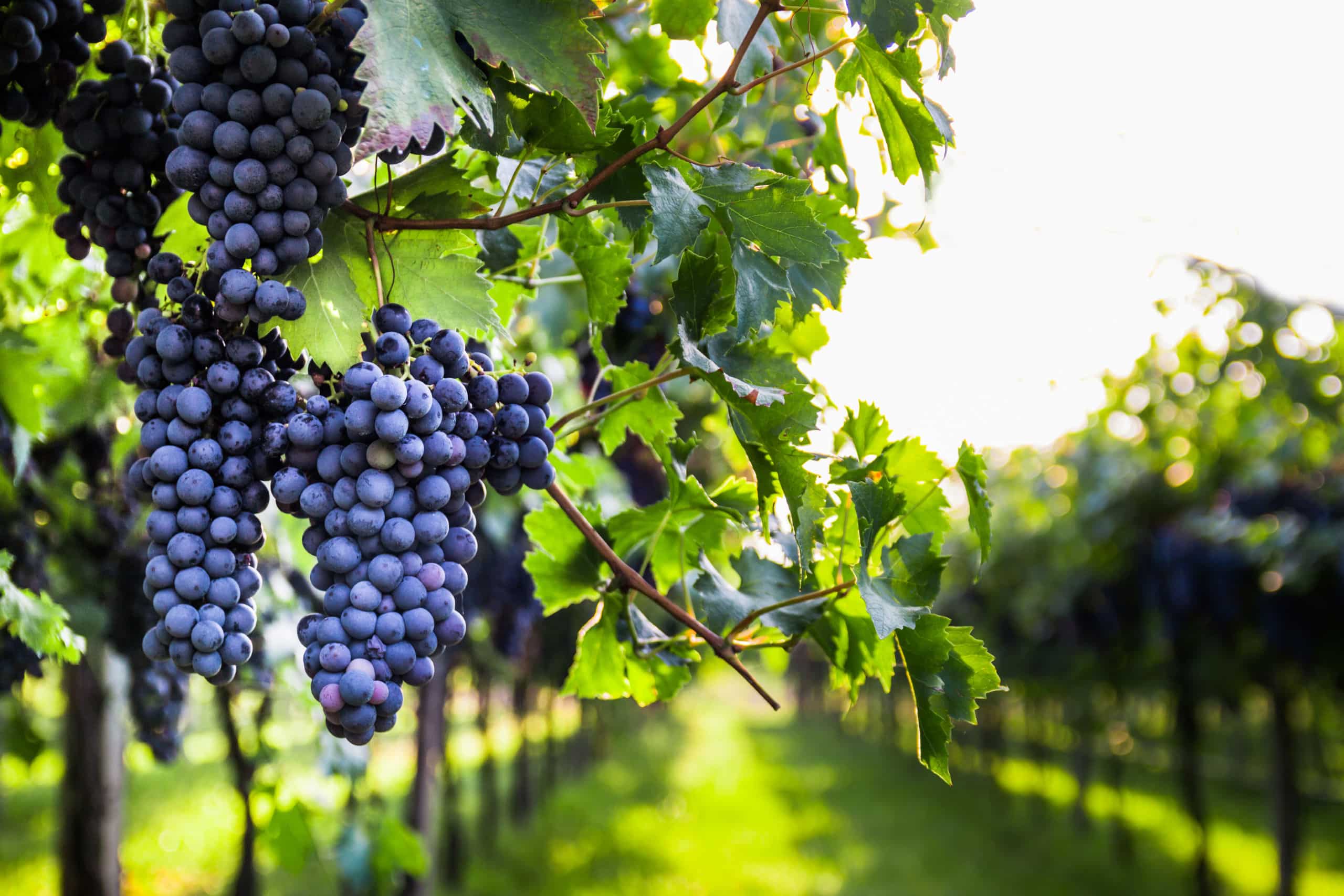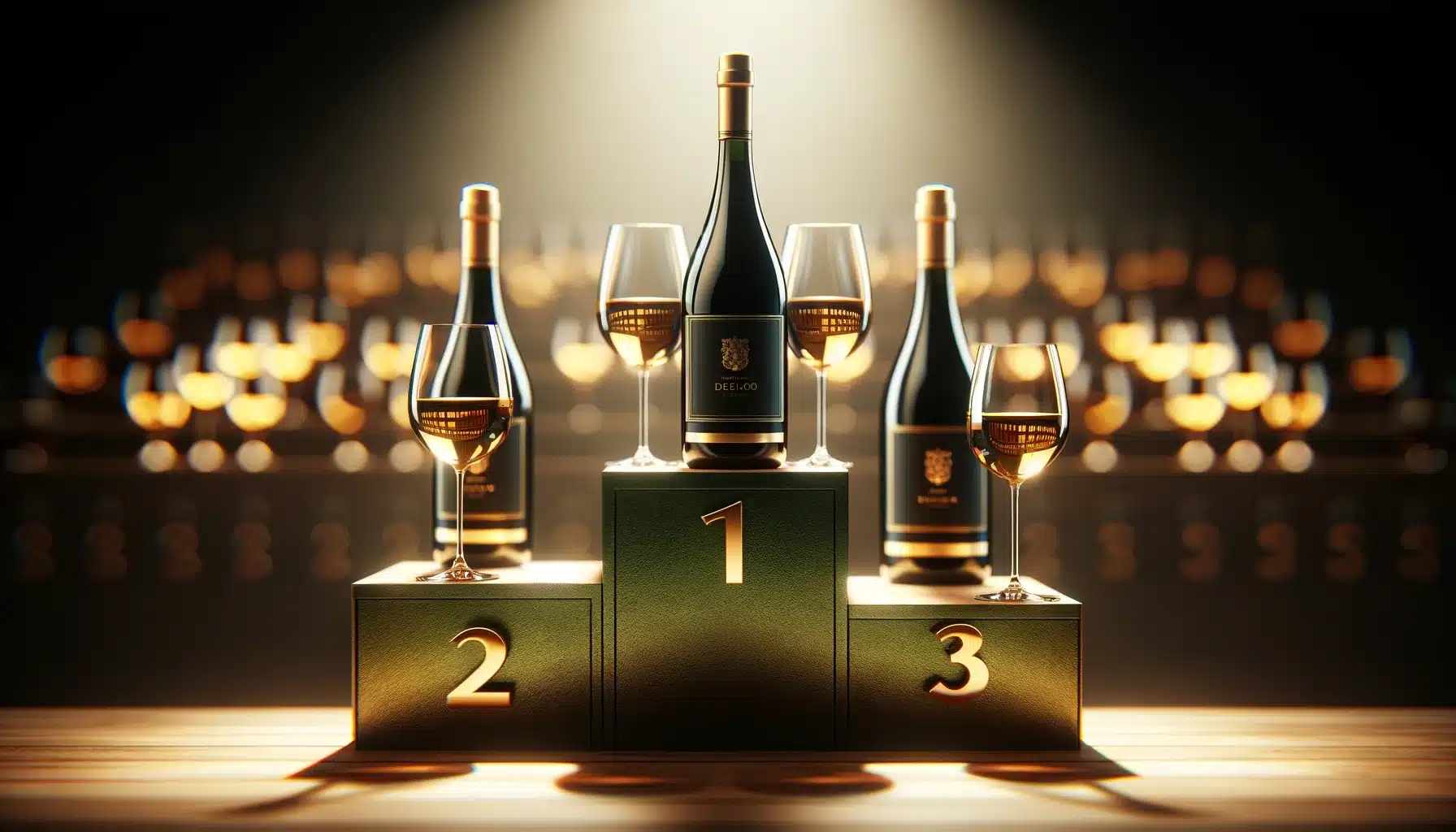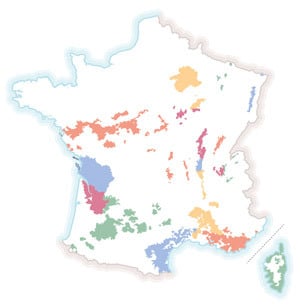
Contents
Have you ever noticed droplets when you swirl your wine in your glass?
These droplets are commonly called “tears” in oenological jargon. By observing these tears, we can determine their character and therefore what they reveal about the wine. They can be fluid, greasy, thick, runny, viscous or glycerinated.
How to interpret these tears
When tasting wine, it’s always interesting to observe the tears. Their shape and density determine the alcohol content of the wine. In the past, it was thought that tears running down the sides of a glass reflected the greatness of a wine’s soul.
Today, however, thanks to science, we know that these tears are the result of a complex physical phenomenon combining the surface tension of the wine and the rate of evaporation of the alcohol it contains. Basically, alcohol is less dense than water and therefore evaporates faster, creating tears.
The Marangoni effect
The first researcher to study the phenomenon of tears was James Thomson in 1855, and his studies were partially explained by Carlo Marangoni some ten years later. The study’s explanations show that a liquid with low surface tension attracts the surrounding liquid less strongly than a liquid with high surface tension.
Alcohol has a lower surface tension than water, and is a less dense liquid (its boiling temperature is 78°, whereas water’s is 100°). So, when water and alcohol are mixed, as in wine, the alcohol evaporates slightly faster than the water, so the glass in your hand is very gently depleted of alcohol.
When you’re standing on the sides of the glass, there’s no “reserve” of alcohol underneath as there is when the glass is flat (on the sides, the layer is much thinner) and so when the alcohol evaporates, its concentration drops greatly. The alcohol is too slow to rise up the wall, so the water makes a kind of wave to push the remaining unevaporated alcohol to the top of the wave. This is how tears are formed.
The link between tears and wine characteristics
Firstly, the higher the temperature, the faster the alcohol evaporates, and the faster the tears appear as a result.
In addition, the natural sugar content of the wine adds density, resulting in heavier, slower tears than a lighter wine. Sunnier regions produce sweeter wines and therefore wines that form larger tears.
Glass quality also has an impact on tears. The smoother the glass, the less tears are retained on its walls.
Finally, a wine’s tears can tell us something about its attributes, such as its sugar content, but are not a guarantee of high quality.




